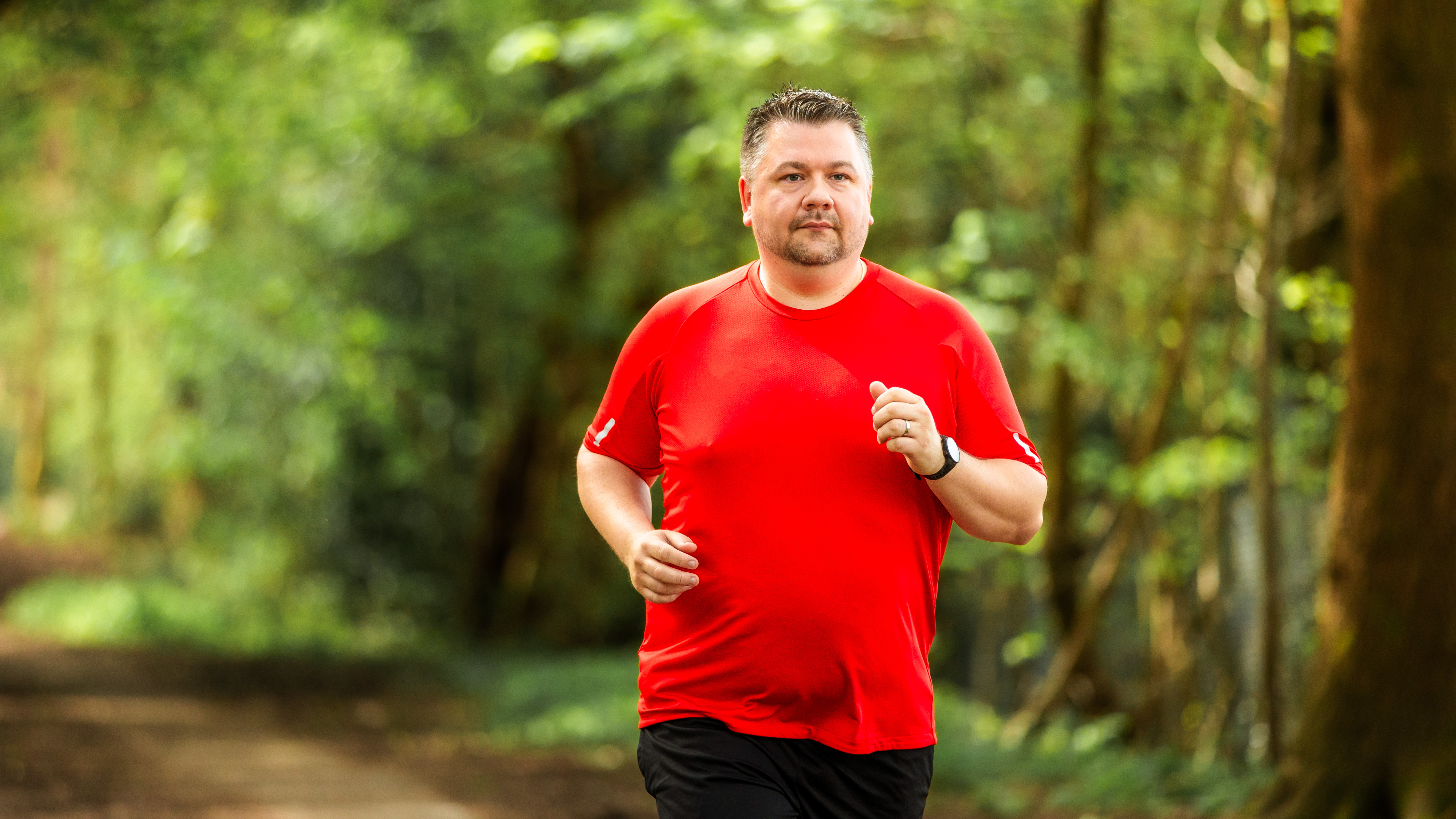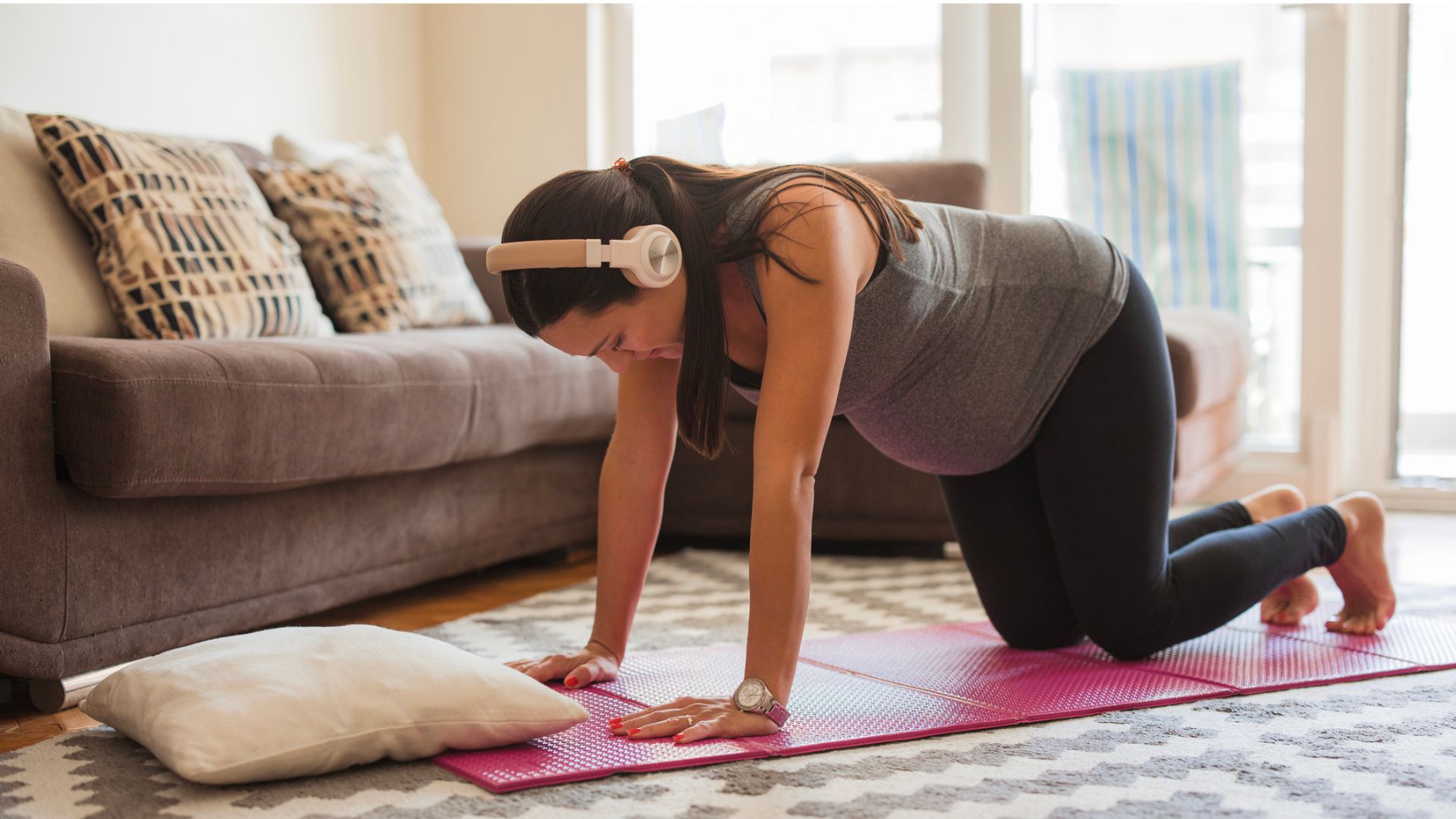This simple running tip can help anyone run faster, according to an expert coach
How to find your slow pace and why it’s so important


If you’re trying to improve your run times, you may have already come across the slogan: "Run slow to run fast." We don’t blame you if you think that might be counterintuitive—shouldn’t faster runs make you faster? But as many runners discover, slow running is the way to go.
To help break down this concept and teach you how to find your slow pace, I chatted with Katelyn Tocci, ultramarathon coach and managing editor for Marathon Handbook, who explained how doing slow runs can improve your speed.
Benefits of running slow
So, how does running slow help? Tocci says that dialing down the pace of your runs can improve your aerobic system.
Your aerobic system is responsible for producing energy during low-intensity exercise. It uses oxygen to break down carbohydrates and fats, turning them into energy for your runs. The more efficient your aerobic system, the faster and longer you'll be able to run.
"[Running slow] teaches your body to efficiently use oxygen to produce energy, improving your cardiovascular system, your capillary density, your mitochondrial function—all of the things that are important for endurance," says Tocci.
Including slow runs in your training plan will also allow you to get more miles under your belt without putting yourself at risk of injury.
"Running hard is really tiring and doing interval runs is tough on your body," says Tocci. Instead of hammering out sprint session after sprint session, Tocci recommends recovering between harder runs with a gentle jog.
Get the Fit&Well Newsletter
Start your week with achievable workout ideas, health tips and wellbeing advice in your inbox.
"This way you can maximize your faster running effort and performance on those hard days."
How to find your slow pace
Tocci says there are several simple ways to find your slow pace.
"If you can run and chat with someone during your slow runs, that’s a great way to make sure you are keeping a [slow] conversational pace," she says.
Another way to check is to see if you can breathe out of your nose. "That’s a really good indicator if you can breathe through your nose and don’t need to breathe out of your mouth."
How many runs a week should be slow?
Tocci recommends following the 80:20 training ratio, so 80% of your runs should be easy and 20% should be fast. This doesn’t mean you have to assign specific days to hard or easy runs—it’s more about the overall effort across your week.
"That 80% also includes warm-ups, cool-downs and recovery between intervals," says Tocci.
For example, if you’re doing a tempo run, you might warm up for 20-30 minutes at an easy pace, do two 10-minute intervals at a tempo pace, and recover for 5 minutes between each. Then you finish with a slow 10-minute cool-down. While you’ve logged 20 minutes of hard running, you’ve also spent 35 minutes at an easy effort, which counts toward that 80%.
Looking for more tips to improve your running? Tocci told Fit&Well her top tips to make running feel easier, and I swear by these four knee stretches for runners to stay injury-free.

Lois Mackenzie is a Fitness Writer for Fit&Well and its sister site Coach, covering strength training workouts with weights, accessible ways to stay active at home, and training routines for runners. She joined the team from Newsquest Media Group, where she was a senior sports, trends, and lifestyle reporter. She is a dedicated runner, having just completed her first marathon, and an advocate for spending time outdoors, whether on a walk, taking a long run, or swimming in the sea.
Lois holds a Master's degree in Digital Journalism, and has written for Good Health, Wellbeing & The Great Outdoors, Metro.co.uk, and Newsquest Media Group, where her reporting was published in over 200 local newspapers.

